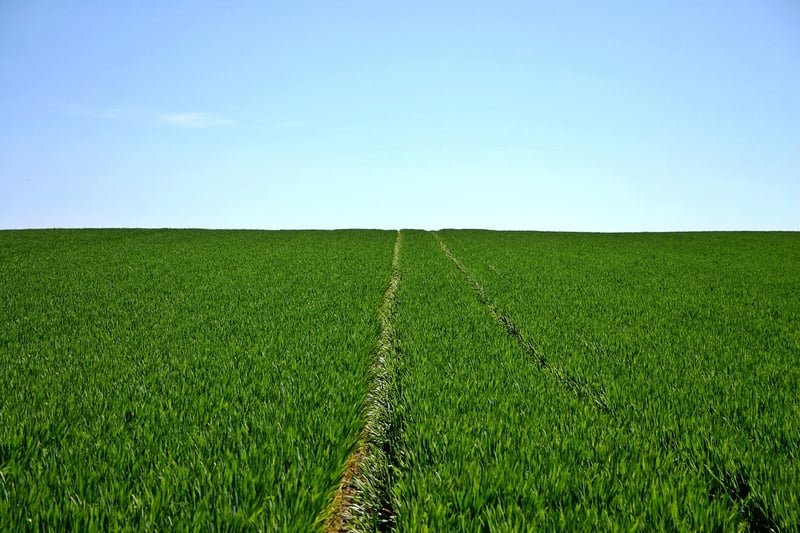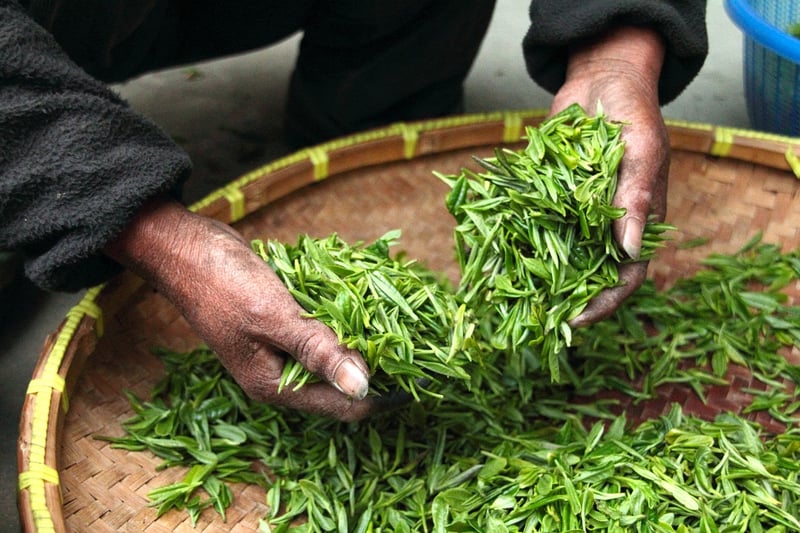Summer Harvesting Tips
Maximizing Yields Throughout the Year + Summer Harvesting Tips

Introduction
Whether you're a seasoned gardener or just starting, maximizing yields throughout the year is essential to ensure a bountiful harvest. In this article, we will explore tips and techniques to help you optimize your garden's productivity, especially during the summer months.
1. Crop Rotation
Rotate your crops to prevent soil depletion and maintain soil health. Different plants have different nutrient needs, so rotating them helps balance soil fertility and reduce the risk of diseases.
2. Companion Planting
Planting compatible crops together can improve yields and deter pests. For example, planting basil near tomatoes can enhance tomato flavor and repel insects.
3. Watering Strategies
During the summer, plants require more water due to increased evaporation. Water deeply but less frequently to encourage deep root growth. Consider using drip irrigation or soaker hoses to deliver water directly to the roots.
4. Mulching
Applying mulch around plants helps retain soil moisture, suppress weeds, and regulate soil temperature. Organic mulches like straw or compost also add nutrients to the soil as they decompose.
5. Pest Control
Monitor your garden regularly for pests and diseases. Use natural predators like ladybugs or introduce companion plants that repel pests. Neem oil and insecticidal soaps are effective organic pest control options.
6. Harvesting Tips for Summer
Harvest your summer crops at the right time for optimal flavor and yield. Vegetables like tomatoes and peppers are best picked when fully ripe, while herbs should be harvested before flowering for the best flavor.
7. Continuous Planting
Stagger planting times to ensure a continuous harvest throughout the season. Succession planting allows you to replant crops as soon as one harvest is finished, maximizing your yield potential.

Conclusion
By implementing these strategies and tips, you can maximize yields throughout the year and enjoy a thriving garden. Remember to adapt these practices to suit your specific climate and gardening conditions for the best results.
Happy gardening!
